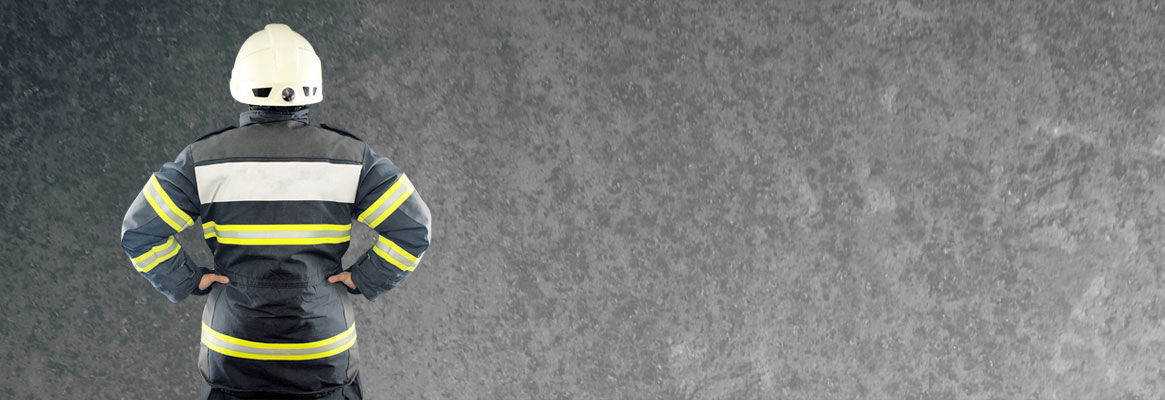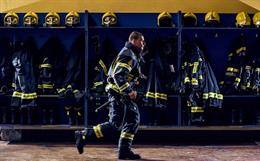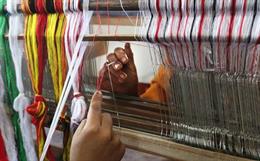PersonalProtective Equipment (PPE) plays a major role in enabling professionals to worksafely in adverse environments. Kermel looks at developments in the PPE industry.
There has been a growth in thenumber of industries where it is impractical or illegal to work withoutprotective gear. Fire Resistant (FR) PPE is worn by personnel working inenvironments where they are likely to be exposed to extreme heat or flames.Most PPE clothing in the market is made of aramid fibres, which are inherentlyand permanently non-flammable. The latest perspective on aramid-based garmentsis their ability to be recycled.
Companybackground
Kermel is a European solutionprovider of technical textiles used to manufacture heat resistant and flameprotective clothing. It deals with every stage from fibre to end garment.Headquartered in France, Kermel has continuously maintained a lead in themarket for permanently non-flammable clothing used by fire fighters, specialmilitary crews, riot police gear and many other industrial personnel. Kermelfibres are intrinsically non-flammable, thermostable and permanentlyfire-resistant.
Acommitment to sustainable development
In 2009, Kermel undertook aneco-design approach and decided to take into account the end of life of thefire fighters' suits which, until then, were either buried or incinerated. Thisapproach was assessed in 2012 by the French standards organisation AFNOR andclassified at "Progress" level, reflecting the company's commitmentto a clear product strategy.
Recyclingscraps from protective clothing production
With the help of the regionalFibre Competitiveness Center, Kermel launched a technical analysis on thescraps from protective garments. This analysis demonstrated the feasibility ofprocessing and recycling the products at the end of their useful life.
Kermel's objective was to offerextra service, setting up a branch to collect and recycle end-of-life fireprotective clothing. For their sustainable development work, Kermel was awardedthe first prize in the Alsace Innovation Sustainable Development competitionfor the Greater Colmar region in 2012.
Aninnovative recycling service
Initially, Kermel created andstructured a new network for the collection and use of fire fighters' clothingat the end of their working lives. About a hundred metallic containers wereinstalled all over France in the Fire and Rescue Services where used garmentsare sorted. As of today, about 80 per cent of the French Fire and RescueServices are equipped with containers made available by Kermel.
For the collection of fire suits,Kermel signed an agreement with Le Relais, a company with a social-economicpurpose, which is the leader in textile recovery in France.
After collection, it is necessary
to take the used garments apart to eliminate everything that is not fabric,
particularly buttons, zippers or reflecting strips. After dismantling, the
fabric is sent to an industrial partner who carries out the step of shredding,
to obtain the recycled fibre. This approach led to the registration of a new
trademark, Nova Vita, specifically used for Kermel's recycled products.
Development
of recycled aramid solutions
New products using recycled Kermel
fibres are under development for a range of applications in fields as diverse
as textiles, transport or construction, nonwovens for electric arc protection
and fire-fighters.
As an example, Kermel helped the
Chilean Penitentiary Administration find a technical solution to the problem of
fires in cells in detention centres for young people, several of whom die every
year from burns or intoxication during mutinies. The same issue is relevant in
France where several cases of fires in cells were reported last year with one
of them leading to the death of a prisoner. For this reason, Kermel developed a
new futon-type fire-resistant mattress with a fabric cover made out of Kermel
fabric and a filling of recycled fibres from used fire fighters' clothes.
The new mattresses have excellent
resistance to flammability and they released very little smoke during ignition
trials. At the same time, Kermel recently developed fire jackets which include
an internal thermal barrier from recycled fibres. We should be able to put up
to 35 to 40 per cent recycled fibres into these new fire suits.
We have developed a bi-layer
coverall made from recycled fibre which is one of the lightest in the market
for protection against the electric arc. The future of PPEs is definitively
linked to recycling services, and recycling services of Kermel fibre is a
sterling example to illustrate the high level of performance of Kermel
garments, even those have been used for a long time.







